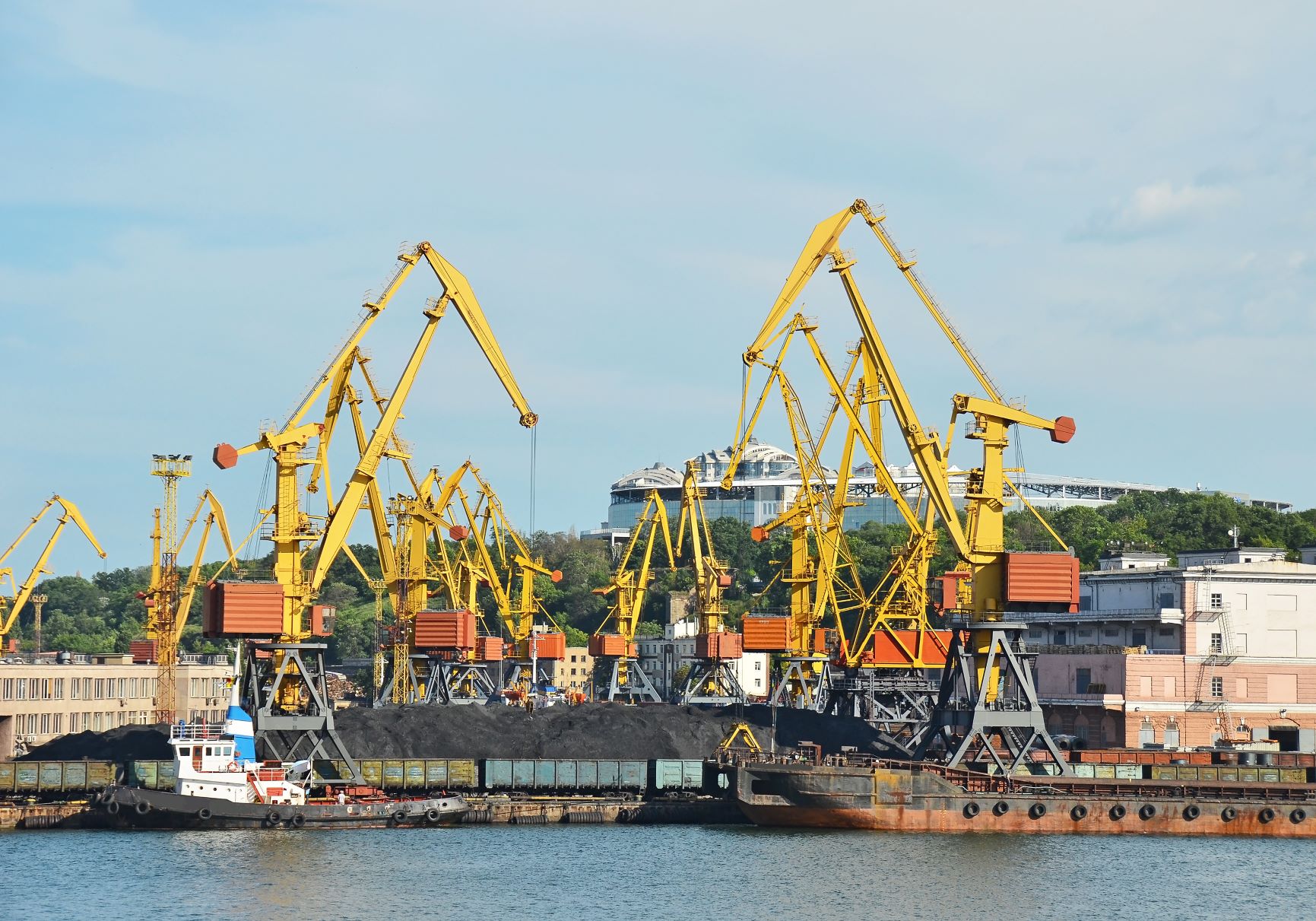

This week’s world coal market overview.
Last week, growing EU carbon prices and declining gas indices decreased coal quotes on the European market below 64 USD/t. The exchange price of the EU carbon quotas reached 38.0 EUR/t (+5.2 EUR/t or +16% to Feb. 01, 2021).
According to market participants, the cost of emission quotas may exceed 60 EUR/t by 2030 with a growth potential of up to 100 EUR/t. The temporary reduction in demand for imported LNG in the EU had a negative impact on TTF gas indices, reducing quotes to 16.4 EUR/MWh (-3.4 EUR/MWh to Feb.10,2021). Nevertheless, cold winter in Europe, as well as a decline in wind generation in a number of EU countries may support coal prices in the short term.
Rising demand from Indian cement companies, seeking contracts ahead of the start of the monsoon season, amid a recovery in coal shipments to the port of Richards Bay after heavy rains last week, supported the quotes of South African coal at 87-89 USD/t. Coal reserves at the Richards Bay terminals increased to 3.3 mio t (+0.4 mio t or +14% by Feb. 10, 2021).
On Feb. 16, 2021 the president of South Africa Cyril Ramaphosa announced the beginning of reforms in the energy sector to increase the efficiency of current generating capacities. According to the roadmap for the economic recovery of South Africa from negative consequences of the pandemic, it is planned to spend more than 26 billion USD on the needs of the energy sector.
The government of the country intends to create additional 11.8 GW of generating capacities based on renewable energy sources, natural gas and coal. By 2030, additional 1.5 GW of coal generating capacities will be put into operation. The president of South Africa noted that these measures are being taken to reduce the load on Eskom, the key coal-based energy supplier in the country, to avoid rolling blackouts that occurred in 2020.
The onset of the New Year holidays in China and some of Asia-Pacific countries (Feb. 12-27, 2021) limits the trading activity of market participants, weakening the Australian coal indices.
In January 2021, Japan’s coal imports rose to 10.7 mio t (+1.04 mio t or +11% to January 2020), the highest level since December 2019. The surge in demand for the material was caused by the severe cold snap in December 2020 and January 2021, low volumes of nuclear generation and a reduction in LNG supplies to the country.
On Feb. 13, 2021, a powerful earthquake with a magnitude of 7.3 occurred in Fukushima area, Japan. As a result, about 6.8 GW of coal-fired generating capacities were suspended. Tohoku Prefecture officials said that energy supplies from these coal-fired plants will be resumed within the next week.
Despite weak demand for Indonesian coal from Asia-Pacific consumers, limited supplies of the material due to monsoon rains in Indonesia supported indices at the current level.
The partial resumption of activity of metallurgical plants in a number of countries of the Asia-Pacific region amid the New Year holidays strengthened quotes of coking coal from Australia.
Source: CAA Analytics
[tfws username=”CAA_Analytics” height=”700″ width=”350″ theme=”light” color=”#FAB81E” tweets=”2″ header=”yes” footer=”yes” borders=”yes” scrollbar=”yes” background=”yes”]













